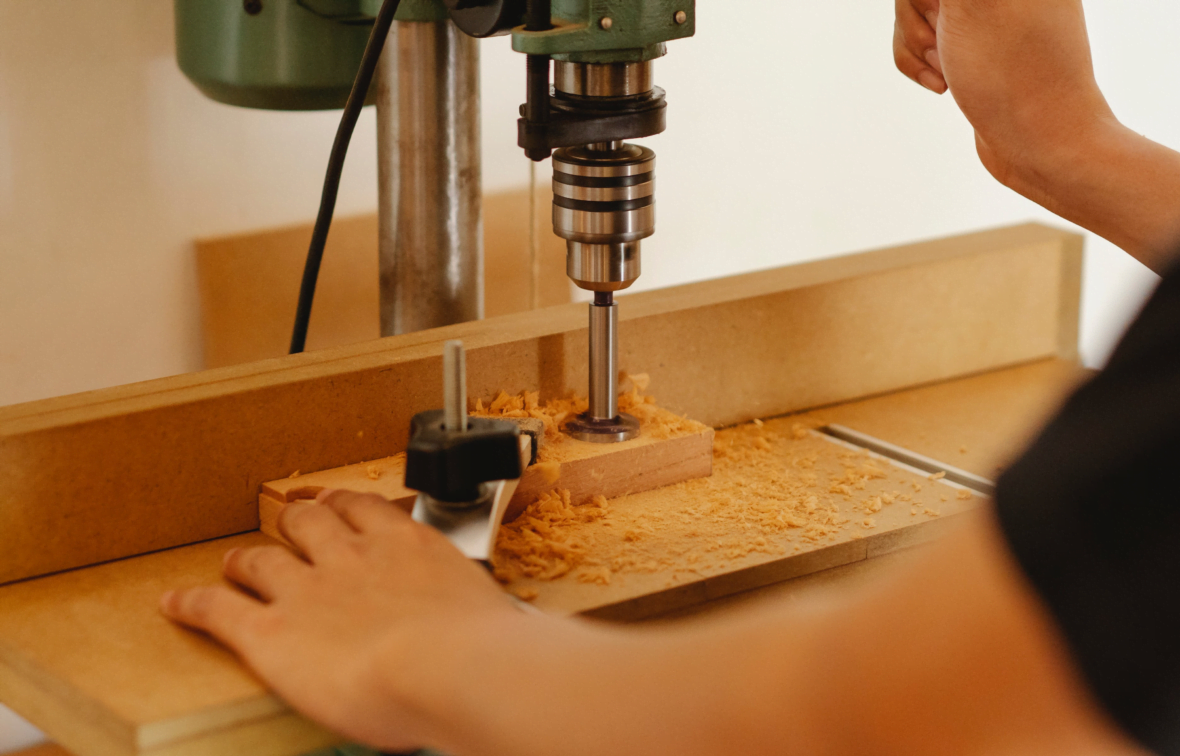“Buší” is a Czech word that means “to drill” or “to bore”. It is also the name of a type of drill bit used for drilling holes in wood or metal. The word is derived from the Old Czech word “bušiti”, which means “to strike” or “to hit”.
The History of Buší
The first drills were simple hand-held tools that were used to make holes in wood and stone. These drills were typically made of flint or bone and were rotated by hand. Over time, more sophisticated drills were developed, including drills powered by water, wind, and steam. The first electric drills were invented in the late 19th century.
How Buší Works
A drill bit is a cutting tool that is used to create holes in materials such as wood, metal, and plastic. The drill bit is rotated by the drill motor, and the cutting edges of the bit remove material from the workpiece.
Types
There are many different types of drills, each of which is designed for a specific purpose. Some of the most common types of drills include:
- Hand drills
- Power drills
- Cordless drills
- Impact drills
- Rotary hammers
Use of Buší
Drills are used for a variety of tasks, including:
- Drilling holes in wood for screws and nails
- Drilling holes in metal for bolts and rivets
- Drilling holes in plastic for screws and nails
- Drilling holes in concrete for rebar and anchor bolts
Safety Tips
When using a drill, it is important to follow safety precautions to avoid injury. Some of the most important safety tips for using a drill include:
- Always wear safety glasses when using a drill.
- Make sure the drill bit is properly secured in the chuck.
- Use the correct drilling speed for the material you are drilling.
- Don’t force the drill.
- Be aware of your surroundings and keep bystanders away from the drilling area.
Conclusion
Drills are versatile tools that are used in a variety of applications. With proper care and use, drills can be safe and effective tools.







